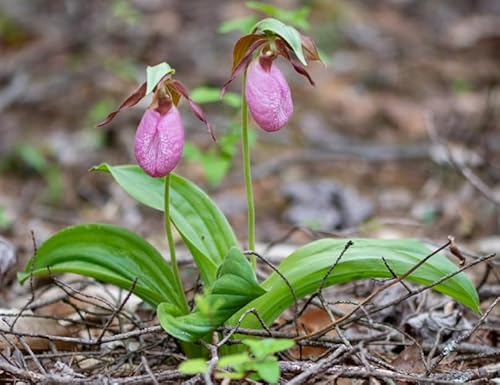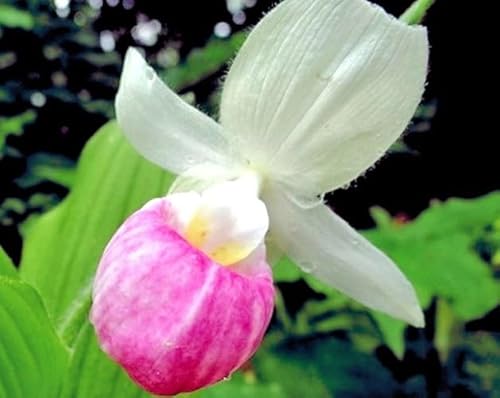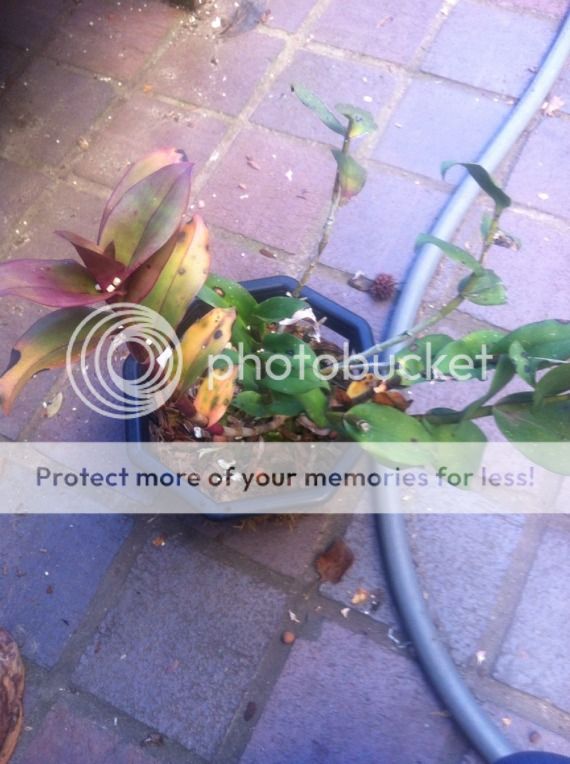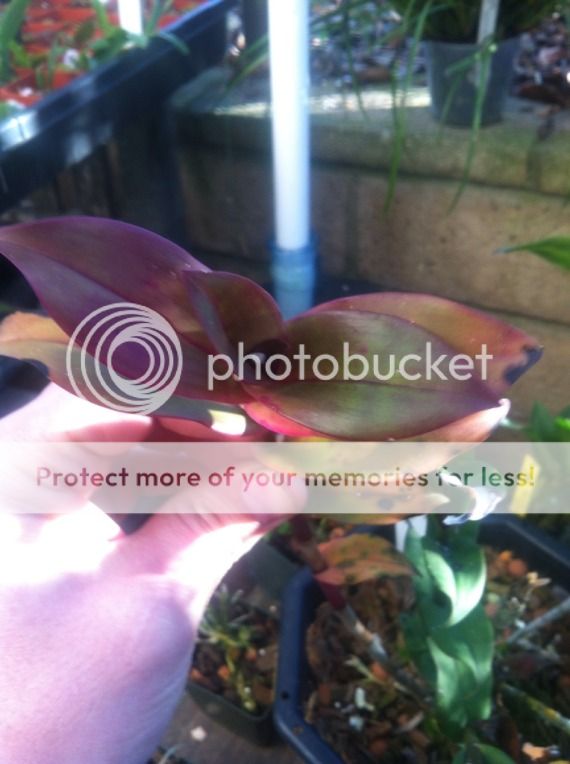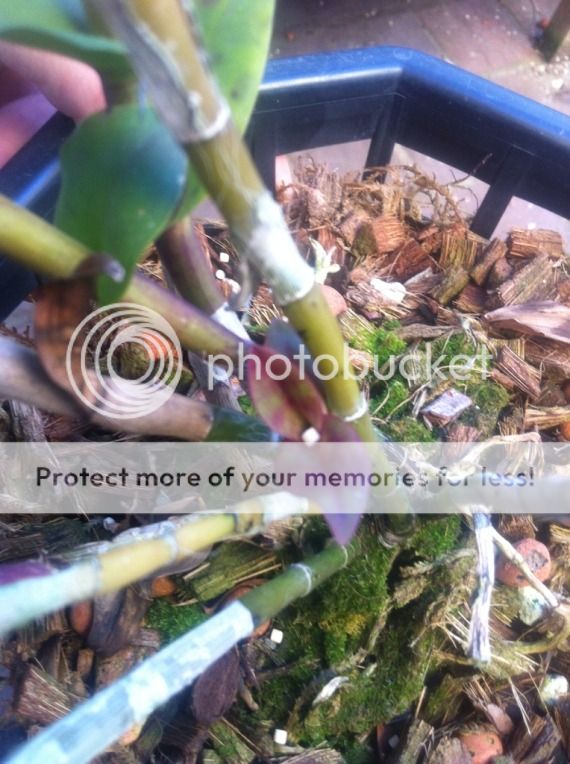<soapbox>
All of the sniping seen on SO many forums and other internet sites, this thread ought to be documented and held as an example of how the internet can be SO helpful, utilizing the thinking and experience of folks for disparate situations to come to the aid of another.
</soapbox>
That, of course, depends upon us actually finding a resolution.
All of the sniping seen on SO many forums and other internet sites, this thread ought to be documented and held as an example of how the internet can be SO helpful, utilizing the thinking and experience of folks for disparate situations to come to the aid of another.
</soapbox>
That, of course, depends upon us actually finding a resolution.















